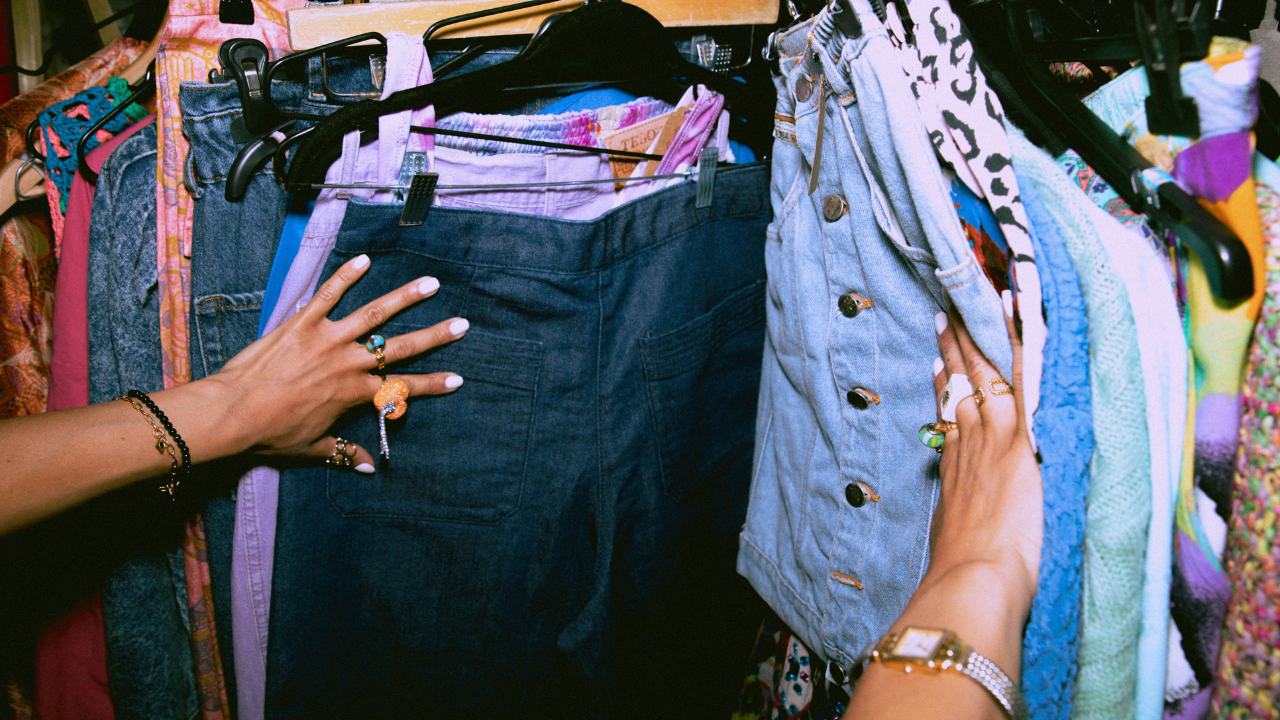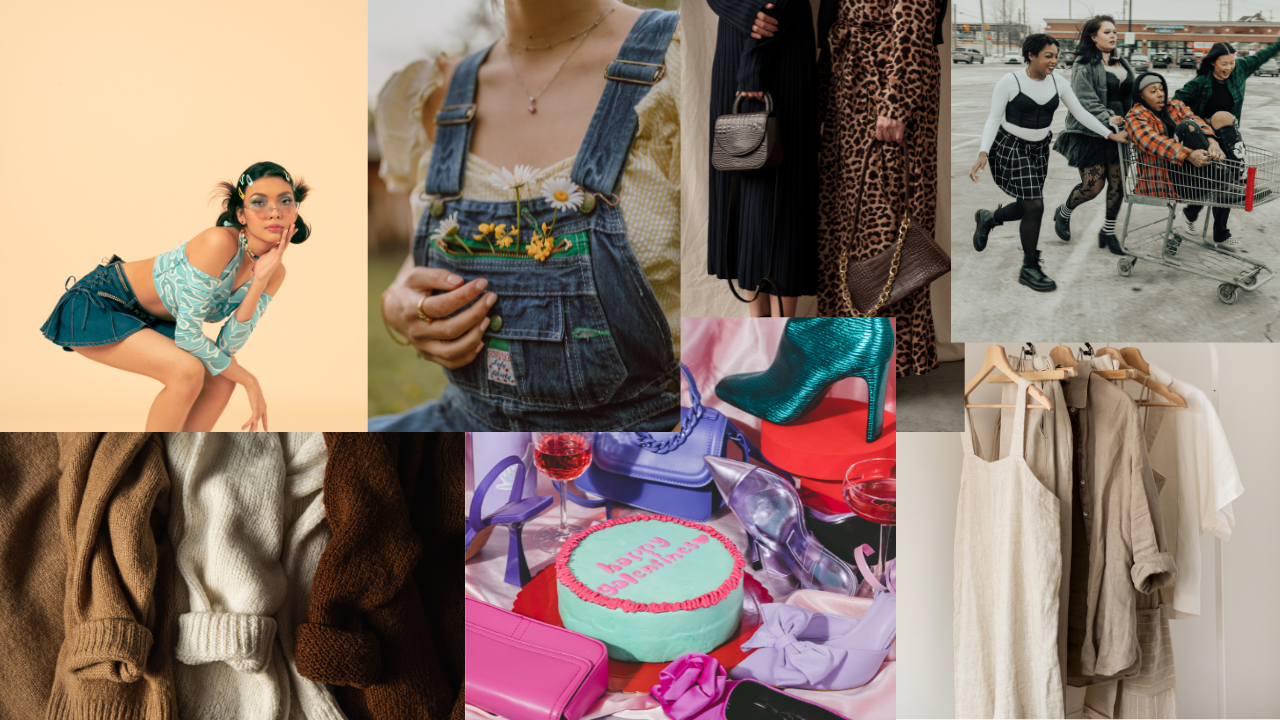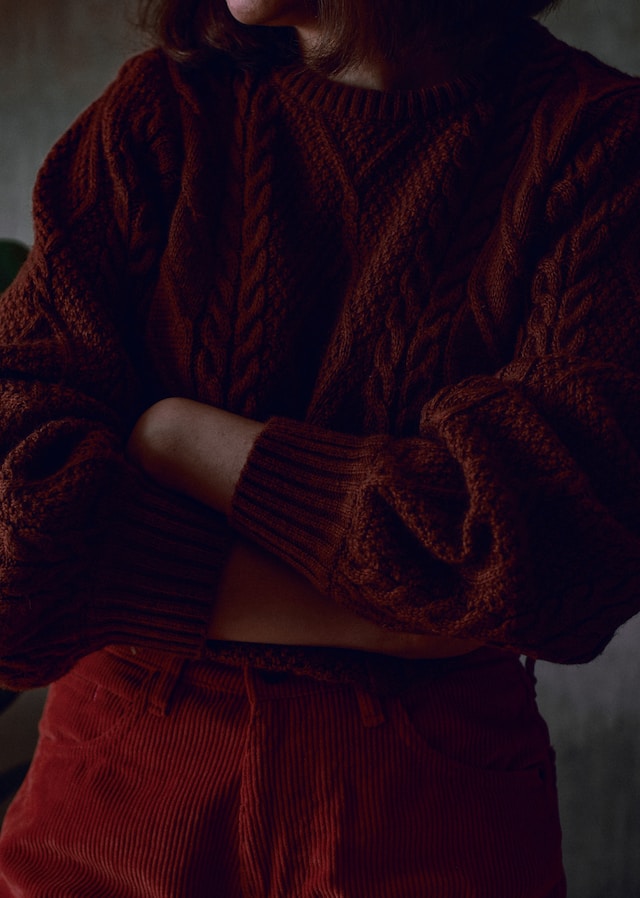Aesthetics Are In - Is Sustainability Out?
Aug 11, 2023
I’ll cop to it - I’ve been a little bored of the sustainability news lately. There has been an exceeding amount of coverage on extreme weather events (oceans over 100 degrees Fahrenheit, severe floods across the U.S. in the middle of summer, wildfires across Europe, etc…) and not enough coverage of all the good things happening in the world of sustainability (that’s the jist of our podcast - shameless plug).
And yes, these extreme weather events and all the other bad stuff happening out there as a result of climate change and unfettered capitalism should be covered in the news and the average consumer should be aware of what’s going on in the world. Still, I can’t be the only one who feels like it’s overwhelming. If there’s one thing we know about human nature it’s that we’re not very good about taking action when overwhelmed.
That’s not an excuse though - there are steps we can take to overcome feeling overwhelmed. When I feel overwhelmed, I like to make a list of all the things that I need to do, prioritize them from most to least important, and knock them out one by one, often followed up with a little treat for my job well done, like an iced coffee and maple scone at my favorite local coffee shop.
Maybe this sounds like a silly anecdote, but as I said above, I’ve been feeling bored and overwhelmed by all the doom and gloom surrounding sustainability and climate change. Sustainability lately has felt like something I have to get through and not something I’ve been enjoying. That is until I watched a video by the amazing content creator, Mina Le on YouTube.
For those of you who may not be familiar with Mina’s YouTube content, she can be described as a video essayist covering topics like pop culture, media, and of course, fashion. You can watch any of her videos and you won’t walk away disappointed, but her latest video, “let’s talk about ‘-core’ and ‘girl’ aesthetics,” reignited my passion for the fashion industry and sustainability.
Mina discusses the rise of sub/countercultures, trends, and today’s newest addition to the fashion lexicon - aesthetic. If you ask someone to name a subculture, they’d likely respond with an example like hippies or goths and we can probably all conjure up an image in our minds of what someone in either of these subcultures looks like. If you ask someone to name a trend within the past 20 years, chances are they’d give an example like baggy jeans or even the famous Von Dutch hats made famous by the early 2000s socialites. Yet, if you ask someone to name a fashion aesthetic, how many people do you think would be able to come up with an answer?

If you have any teenage family members, they’d be able to give you an answer in a heartbeat. As is the case with my family, when recently my eighteen-year-old niece described my town as a “place where granola girls live.” I don’t know if I’ve ever laughed harder - have you ever heard of an entire town described using fashion vernacular? It was a first for me.
Maybe this just sounds like another emblem of a new teenage generation, but I think it’s much deeper than that and potentially has more lasting power than the average trend.
Before we get into the sustainability impacts of it all, I want to go down the rabbit hole of how many micro labels or aesthetics there currently are (at least some of the ones I’m aware of).
Often, you’ll see the aesthetics labeled as “blank girl” - tomato girl, coconut girl, strawberry girl, warm girl, granola girl, and countless others. Then, there are “-core” styles - gorpcore, cottagecore, barbiecore, etc… Lastly, there are the elusive styles that I’m not sure how to describe - coastal grandmother, coastal cowgirl, dark academia, stealth wealth, and the list goes on.
This list may seem dizzying and probably a little confusing (how does one dress like a tomato and why would you want to?), but Mina does a great job of explaining how aesthetics came to dominate the fashion world.
Teenagers and young adults are, typically, trying to figure out who they are. For a turbulent period in most peoples’ lives, sometimes the easiest way to define the ever-elusive identity is through fashion. Fashion has always been a fantastic tool for self-expression, but where is the line between self-expression and being imprisoned by your aesthetic?
One of the main arguments for aesthetics over trends is that aesthetics center around a style whereas trends center around an item or a few select items. If someone aligns with the dark academia aesthetic, they likely have a closet full of dark, earth-tone sweaters, structured pants, and a few pairs of leather boots. They can circulate these items throughout the year and potentially never get tired because it’s authentic to their identity. However, because trends are dependent on an item, they don’t have the permanence that aesthetics can have.

This is a common occurrence in the world of denim. Low-rise jeans were popular in the early 2000s and have made their way back into closets around the world. Will low-rise jeans be popular forever? Chances are they won’t and thousands of people will get rid of their low-rise items soon as it’s no longer deemed fashionable.
Now we’ve made it to the heart of our conversation - do trends and aesthetics generate waste at the same rate, and what does it all mean for sustainability?
The first part of our question is hypothetical. There’s no way to determine how much waste is generated from aesthetics compared to trends, and even the figures we have surrounding fashion waste are largely considered a rough estimate. When it comes to comparing the two, I have a few theories.
One is that trends are not designed to last whereas aesthetics provide structure to a person’s wardrobe. It’s the skeleton guiding every purchase decision. A person who dresses using the dark academia aesthetic is likely not going to fall victim to the trend of ultra-low-rise jeans, it’s too “off-brand.” Using the aesthetic mindset may help consumers avoid the trends pumped out by brands every couple of weeks and instead invest in pieces designed to last.
As a counter to that idea, my fear is that aesthetics are being used as trends. For younger consumers still trying to decide what their style is, it would behoove them to try out a few different styles. That, however, comes with a lot of waste. One month being a tomato girl and the next being a coconut girl means a lot of shopping trips (aka hauls) and closet clean-outs.
Some could argue that all of this consumption may not matter if the consumer buys the items from a thrift store or gets them secondhand. While true that shopping secondhand is less impactful than buying new, waste continues to be a hidden problem. If a consumer donates clothes or resells them, there’s really no way to determine what happens to that clothing once it leaves their closet. Some could buy it and keep it in their closet forever, it could be sent to the landfill or overseas where it will languish as waste, or it will be incinerated.
After thinking about the difference between trends and aesthetics, I don’t know if there really is a difference between them. Consumption is consumption. But, it is interesting to see how our relationship with clothing is always evolving - maybe we’re always trying to find a way to justify our purchases? Maybe we’re all looking for community and fashion is the easiest way to identify someone like us? This discussion has shown me that fashion, psychology, and perhaps anthropology are much more interconnected than I thought…
How long with aesthetics be around for? And why don’t we have a sustainabilicore? No one can say, but it doesn’t look like our consumption habits are slowing down anytime soon. I just hope, for the sake of our planet, it’s all worth it.
